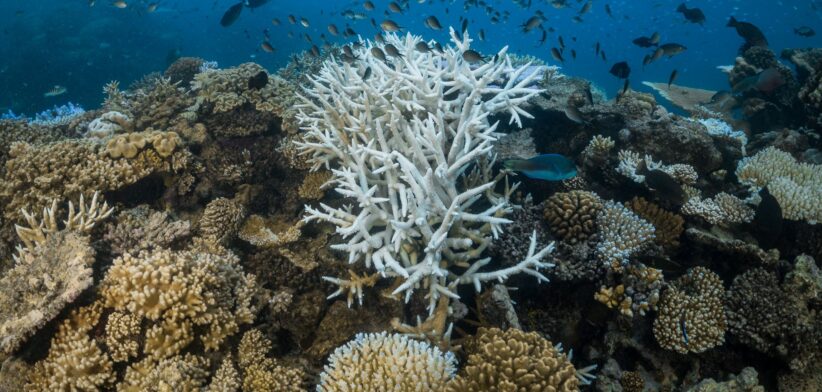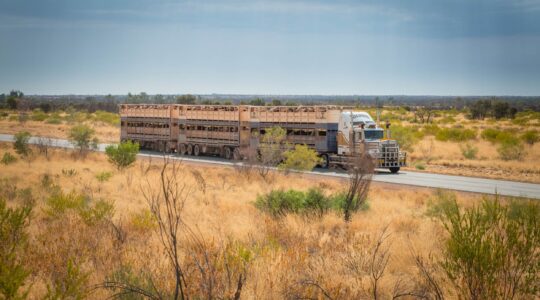The Great Barrier Reef has again experienced mass bleaching, only the second time it has occurred over consecutive summers.
Australian Marine Conservation Society Great Barrier Reef Campaigner Simon Miller said coral bleaching stretched over 1300km from Townsville to Cape York, marking the 6th mass bleaching event in the last nine years, with the far north area suffering extreme hear stress.
Mr Miller said the northern and central regions of the reef had also been impacted by flood plumes, threatening coral and seagrass habitats vital to turtles and dugongs.
“After the devastation of 2024, this summer delivered another major hit with back-to-back mass bleaching events for only the second time on record,” he said.
“Severe bleaching in the far north and across the north and central reefs, combined with widespread flood plumes across the central and northern Reef, have added yet more pressure to a system still trying to recover from last year’s mass bleaching event.”
Mr Miller said the majority of surveyed inshore reefs north of Cooktown appeared to have high or very high bleaching with between 31 and 90 percent of corals bleached.
“These reports continue to show the damage climate change is causing, but they must lead to action. Monitoring is essential, but it cannot be where our response ends. Australia must rapidly slash climate pollution.”
He said Australian and Queensland governments also needed to create an emergency response plan to establish clear protocols for supporting reefs before, during, and after extreme events.
“This includes quickly deploying resources and fast-tracking recovery efforts to give damaged reefs the best chance of bouncing back.”








